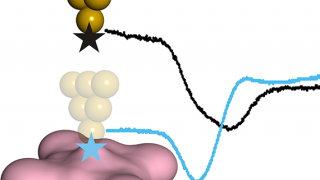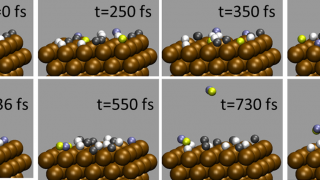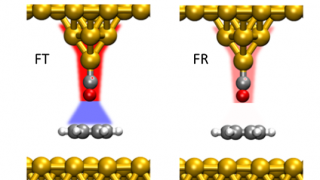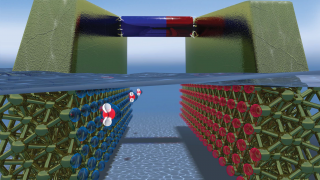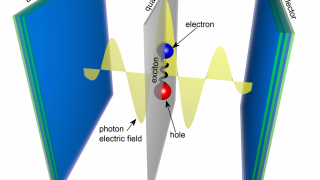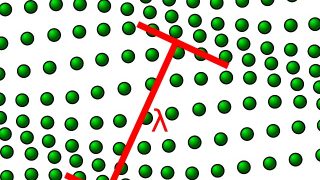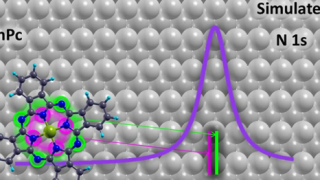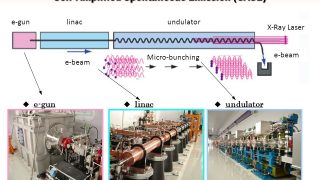
Attoscience using X-ray free-electron lasers
How long does it take a photon to split a molecule? It is apparent that the answer must be well bellow a second, but, how much bellow? Attoscience focuses on these kind of phenomena that occur at the attosecond time-scale using pulses of electrons or photons. The prefix ‘atto-‘, symbol a, means 10-18, hence an […]
